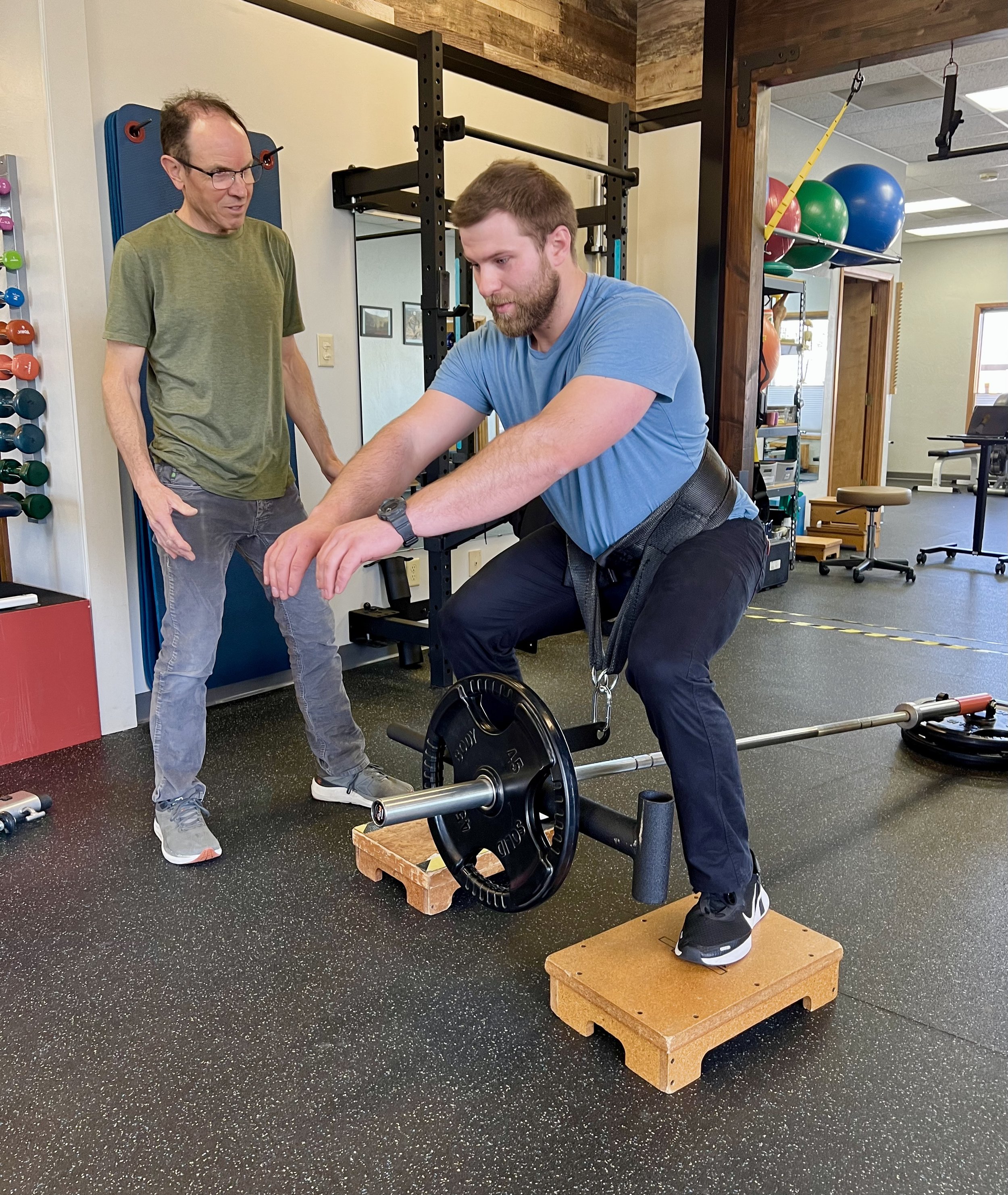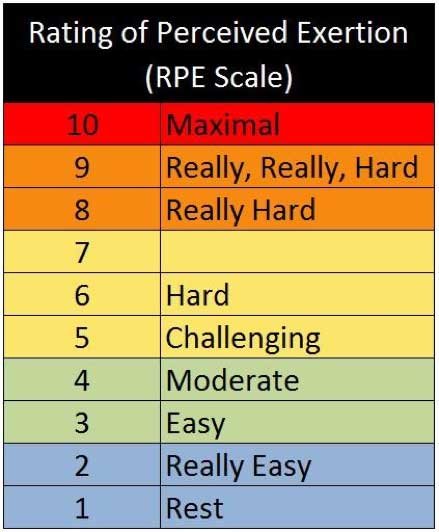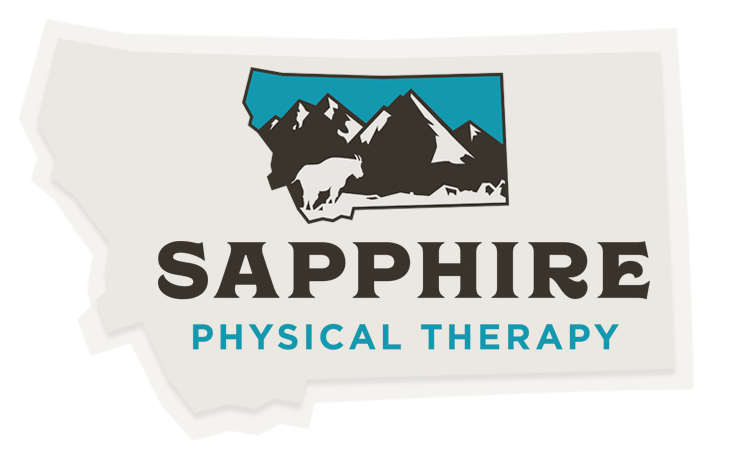
Cold Weather Running
It’s an annual event: as leaves and snow begin to fall, so too do runners doing their best to stay active during the colder months. Aside from slipping, colder muscles are also more likely to be injured. To stay safe and reduce your risk of injury, consider investing in gear, taking time to warm-up, and adjusting your running technique.

Sapphire Physical Therapy Provides High Speed 2D Video Running Analysis
Injuries impact nearly 80% of all runners (Br J Sports Med 2007). While some runners rarely miss a training run or race due to injury, most experience a variety of injuries and/or recurrent injuries. The keys to effectively treating and preventing running injuries include adequate recovery, adequate rest and nutrition, strength training, and determining the cause of injury rather than treating the symptoms alone. Fall and winter are great seasons to evaluate your training, establish new goals, and address recurrent or nagging injuries through strength training.

Why Muscle Strength and Power are Important for Fall Prevention
According to the CDC, one out of every four older individuals (those 65 years or above) experience a fall each year. Also, those who have sustained a fall once are twice as likely to fall again. When having a discussion about falling it is important to note that a fall does not necessarily mean ‘falling to the ground’. A fall can be any unexpected change in body position that results in unplanned contact with the ground or lower surface (1). This could be as simple as a stumble that results in someone catching themselves against a wall or countertop. Over time, this unsteadiness on our feet can result in more severe falls and ultimately, injuries that could potentially be fatal. And while the effects and costs of falls is well documented, the causes remain a bit more unclear.

How jumping rope can improve your 3km time...and more!
A study performed by Gracia-Pinillos et al. examined the impact of replacing a traditional warm-up with jumping rope prior to running on 3km trial times, jump performance, arch stiffness, and reactive strength index in amateur runners. This study had 96 participants split into two groups, a jump rope warm-up group or a control ‘usual’ warm-up group, over a 10-week period. The results of the study showed that those participants who were in the jump roping group had significant improvements in all the measures listed above. So, how much jumping rope does it take to achieve these types of results?

Improving Bone Health
Have you been diagnosed with osteoporosis or are you worried about the bone health of your child or adolescent? Calcium and vitamin D are common methods of promoting good bone health, but there are many other ways to promote strong bones throughout life. Early on in life, we can participate in a wide variety of activities that stimulate bones to increase in size, which protects against fractures in the long term.

The Role of Sleep in Pain, Rehab, and Performance
You may hear high performers proud to skip sleep to be more productive but sleep allows us to make the most of our time while awake. Our sleep plays a vital role in recovery and physical wellbeing. Here are a few reasons why your physical therapist may ask about your sleep habits.

Understanding and Treating Plantar Fasciitis in Runners
A dramatic increase in mileage without adequate foot and ankle strength greatly increases the risk of foot injuries such as plantar fasciitis. Understanding a bit about the structure and function of the foot is the first step in treatment and prevention of plantar fasciitis.

Groin Strains: Management and Prevention
When we experience symptoms in our groin, there are a few different tissues that could contribute (see below and left) (1). Groin strains refer to the strain of the inner thigh muscle group, the adductors.

Guidelines for physical activity? It’s for more than just your muscles ...
With so much information out there regarding physical activity, it is easy to become overwhelmed and tricky to know what the right thing is to do.
At the end of the day, doing any physical activity is better than nothing, but if you’re taking the time to be active, why not understand what it takes to make a positive impact on your health?

The Mystery of the Chronically Tight Hip Flexors
There is a very good chance that you have felt or been told, you have “tight hip flexors.” Listening to our body is important, but occasionally sensations through the body can be misinterpreted. Feeling tight or stiff can potentially mean there is a muscle/tendon unit that has less length, but there is also a strong possibility when looking at the hip flexor, the sensation could actually be from limited strength.
